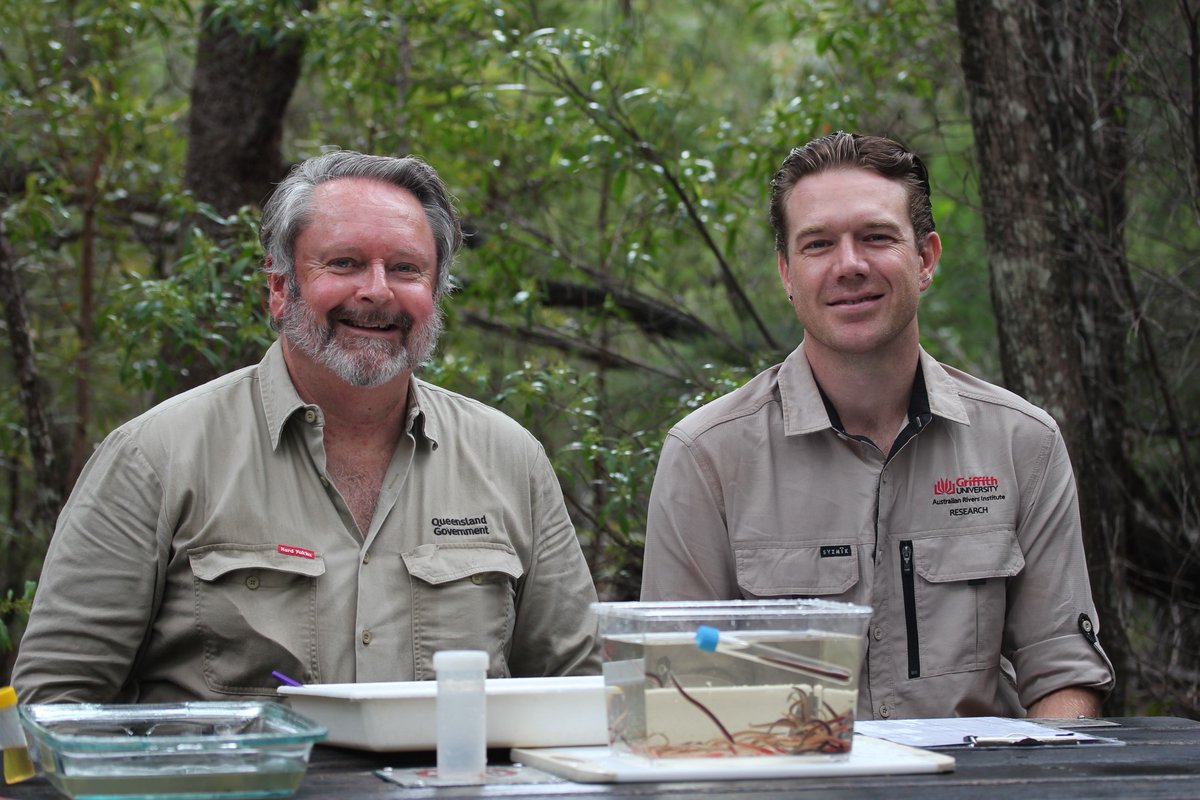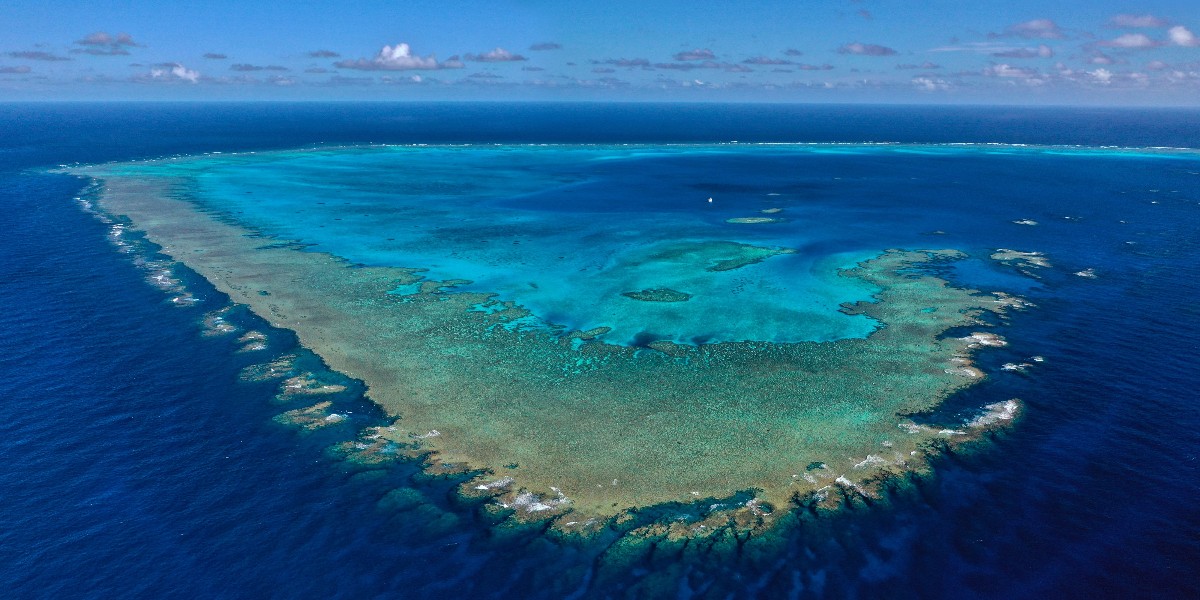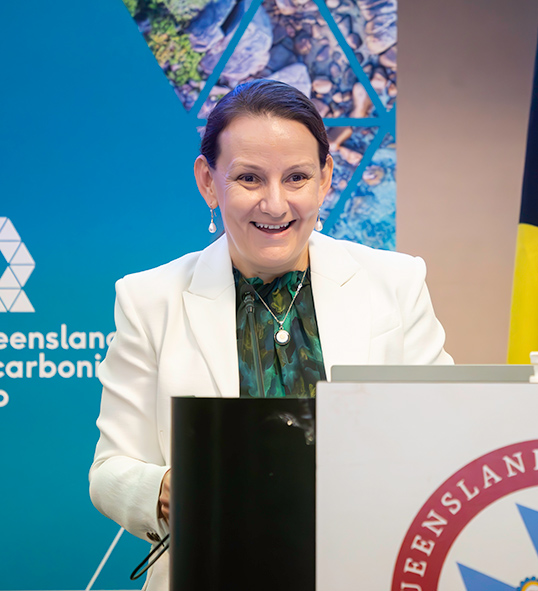
Toothy news! Scientists from Australian Rivers Institute and Queensland Science have confirmed the identity of an endangered lamprey 1400 km north of its known range. 🐟🗺️
The work—part-funded by NESP Resilient Landscapes Hub—adds to the literature on lamprey paired species.
scimex.org/newsfeed/scien…
Griffith University


The Herald Petrel is a migratory species and is known to only breed on Raine Island in Australia. #qldscience


The East Trinity Restoration Project is highly regarded as one of the world's most successful large-scale acid sulfate soil remediation projects, using technologies developed by Queensland scientists. 👏 #qldscience


Australia’s most successful #GreatBarrierReef water monitoring program has received a significant funding boost to provide access to more scientists, latest tech & cutting-edge research. Learn more brnw.ch/21wJyWR
@uq_news @JCU Queensland Science


Herald Petrels breed in winter and spring to avoid the turtle breeding season on Raine Island, where petrel eggs and chicks could be crushed by the turtles, particularly those breeding in the dunes. 🥚 #qldscience


Gradual increases in tidal inundation, combined with targeted liming of the tidal stream and a flush of organic matter, produced conditions that kick-started chemical and microbial processes that naturally generate alkalinity within the soil. #qldscience


Following the recent rainfall and flooding, the Australian Government and Queensland Government have allocated $1.6 million for projects supporting threatened species recovery and resilience in key waterways 🌿 #qldscience


LATE involves the controlled reintroduction of daily tidal exchange, with the strategic addition of hydrated lime to enhance the natural acid buffering capacity of seawater. The process keeps the soil wet and neutralises some of the acidity. #qldscience


Our journey towards a sustainable future is well underway with the Queensland Chief Scientist Professor Kerrie Wilson and the Department of Energy and Climate launching the Queensland Decarbonisation Hub 🤝 #qldscience


Mary River Catchment is one of the successful grant recipients! They have been awarded over $400,000 to undertake recovery actions for aquatic threatened species across the Mary River catchment. #qldscience


A study has shown that Herald Petrels migrate East towards the Solomon Islands before changing direction and head North-West to an area above New Guinea. They remain in this area until they begin returning to Raine Island in late summer or early spring. ✈ #qldscience


Have you ever wondered what lies in underwater caves? Largely undisturbed, South Australia’s flooded caves hide a rich megafauna history. Scroll to explore in this interactive page 👇 #qldscience
cave-diving-for-fossils.netlify.app

The project has generated worldwide research programs and became a national demonstration site for innovative acid sulfate soil management. It transformed East Trinity from an acidified and terrestrial landscape to a healthy and diverse estuarine system. ✅ #qldscience


What are your thoughts on self-driving cars? Recent incidents with self-driving vehicles in the US have sparked heated debate and raised questions about their safety and reliability. The Conversation - Australia + New Zealand's survey of 562 Australian gains some insights. #qldscience


Mary River Catchment The MRCCC team surveyed a number of private properties and found lungfish, Mary River and White-throated snapping turtles and the Mary River cod. DNA samples were collected for analysis, and all animals were weighed and measured. #qldscience



Once a healthy wetland, the area was drained and levelled in the 1970s for sugarcane farming and isolated from the tides by a large 7km earth bund wall. This drained the soil, allowing pyrite in the soil to react with oxygen to form sulfuric acid. #qldscience


The most common treatment of acid sulfate soils is to mix an alkaline material into the soil where it can react with the acidity and neutralise it. Conventionally, powdered calcium carbonate known as agricultural lime would have been added. #qldscience
